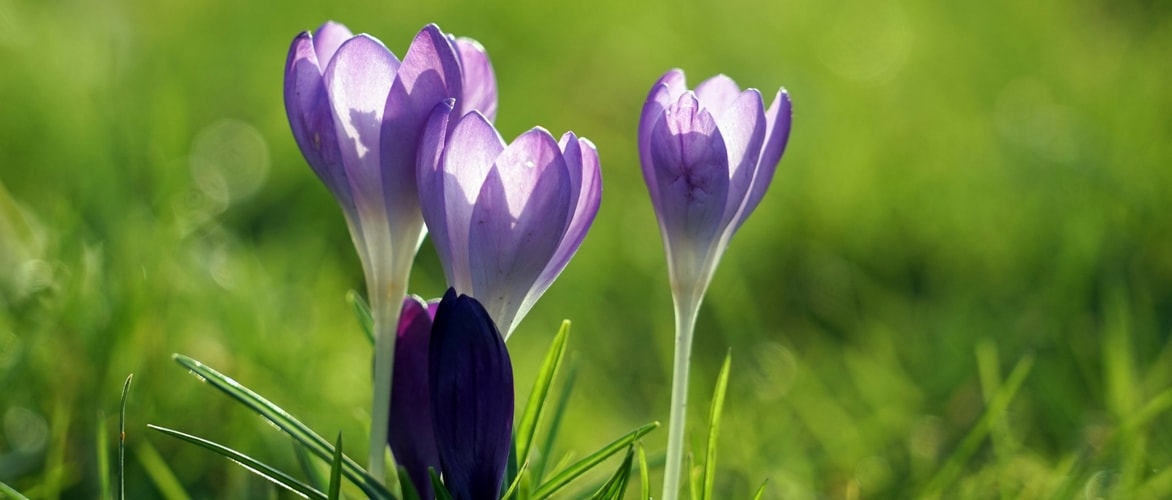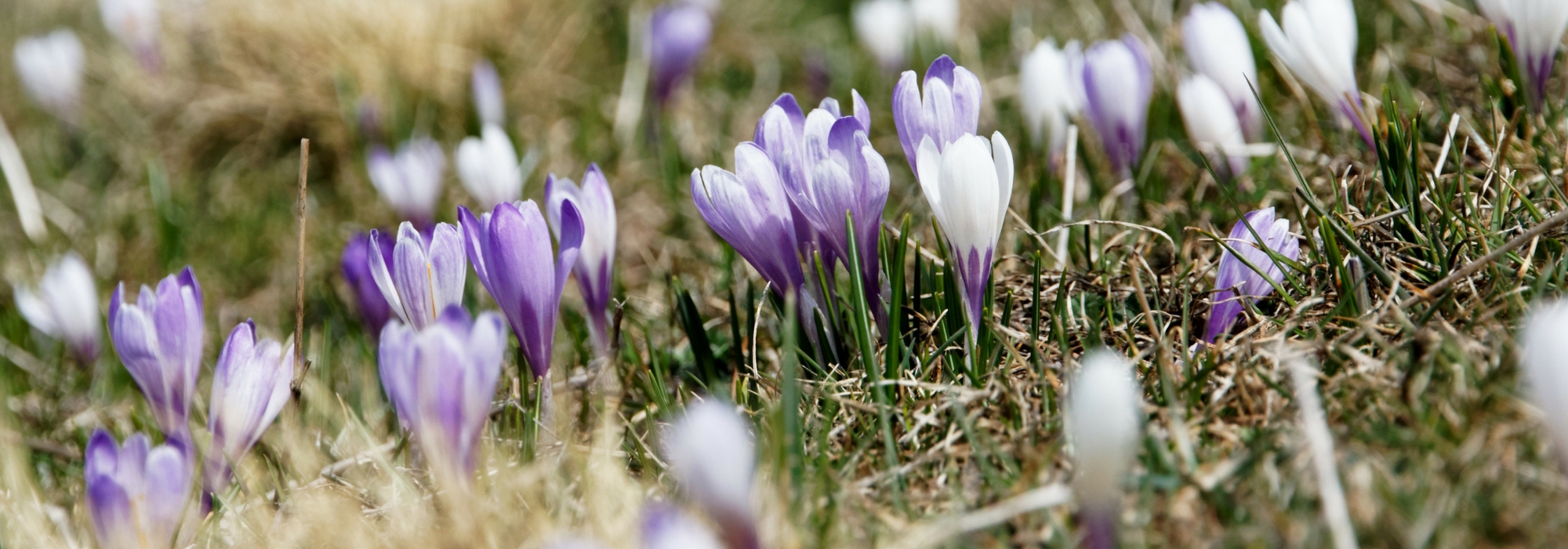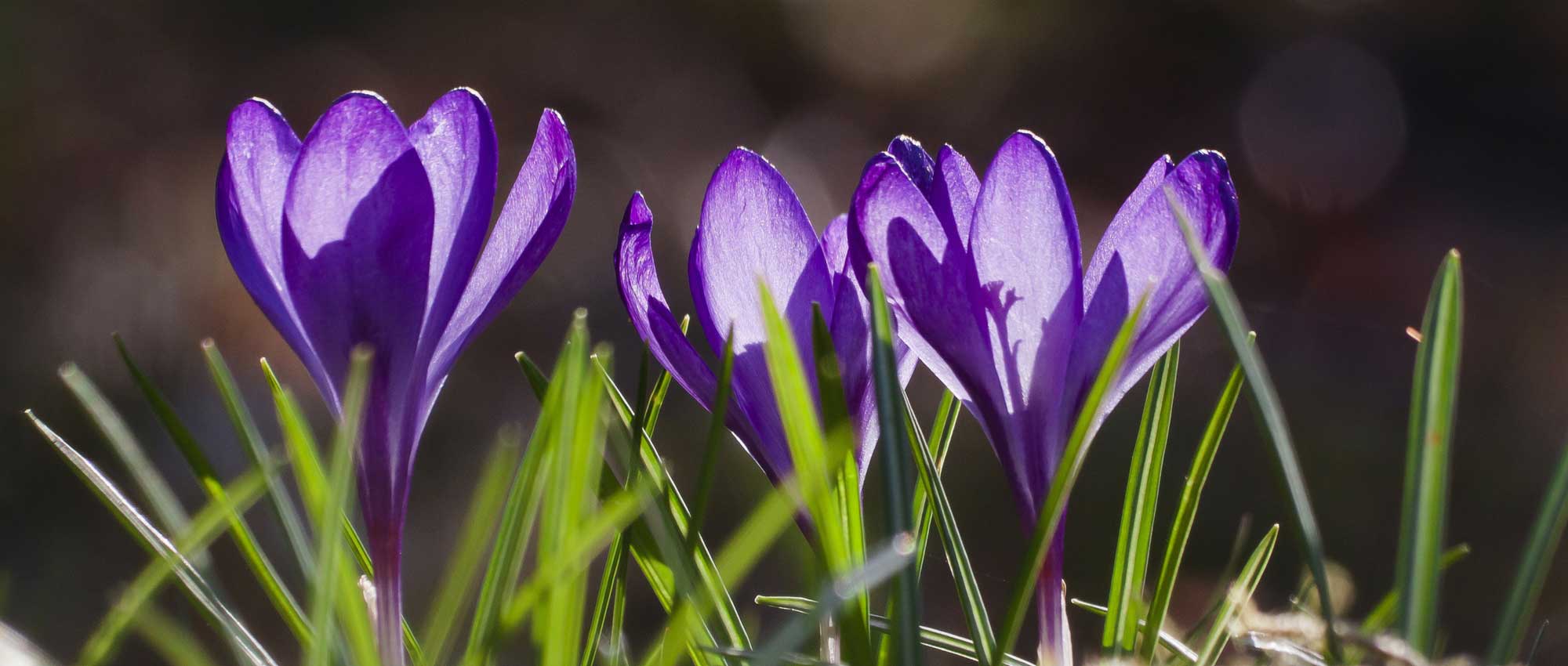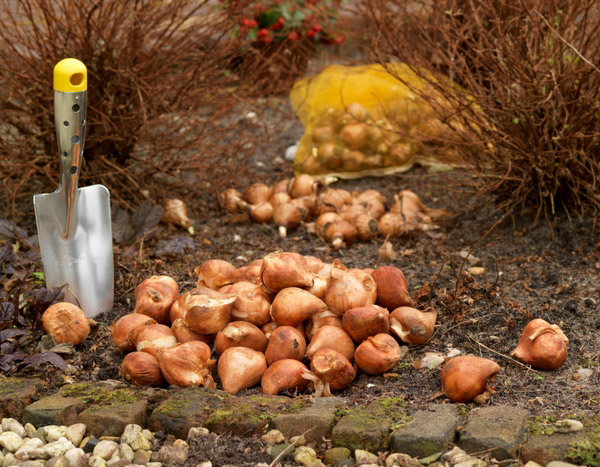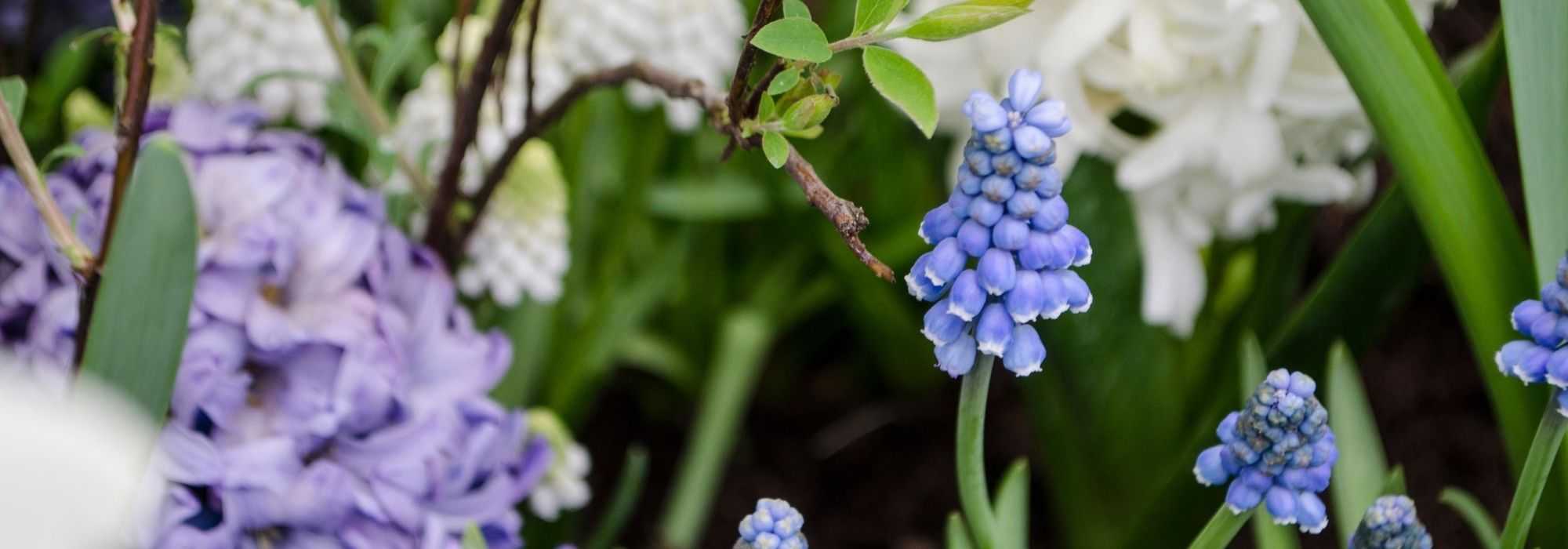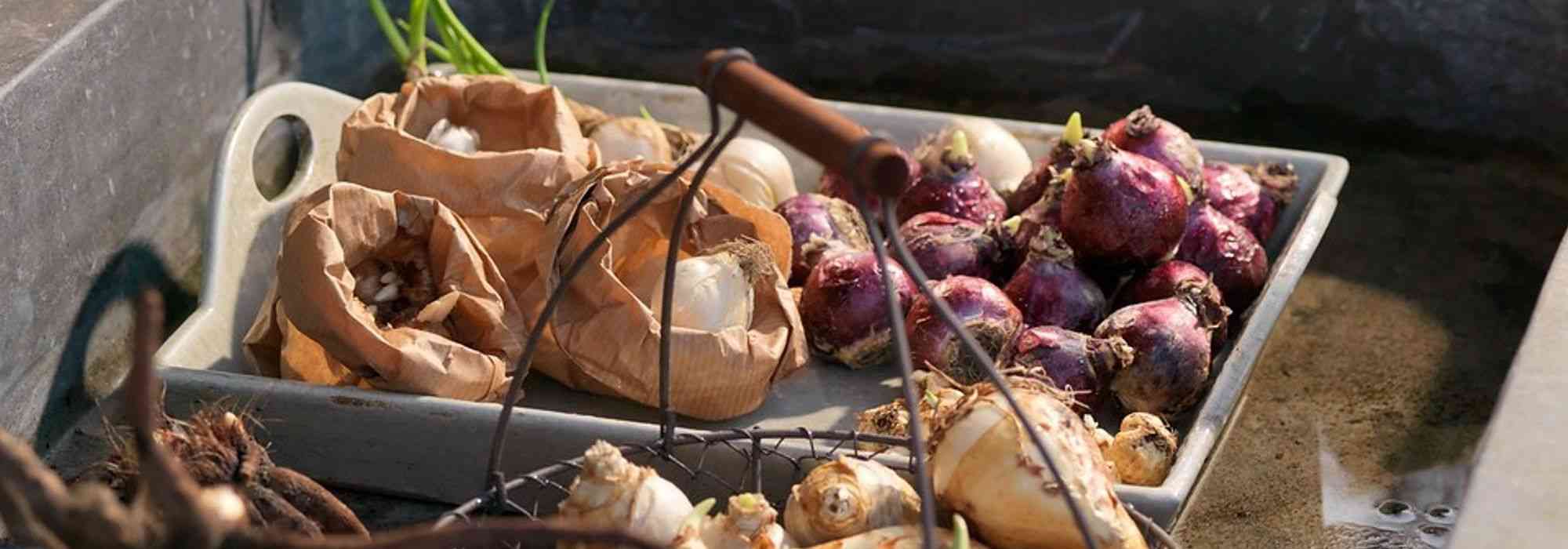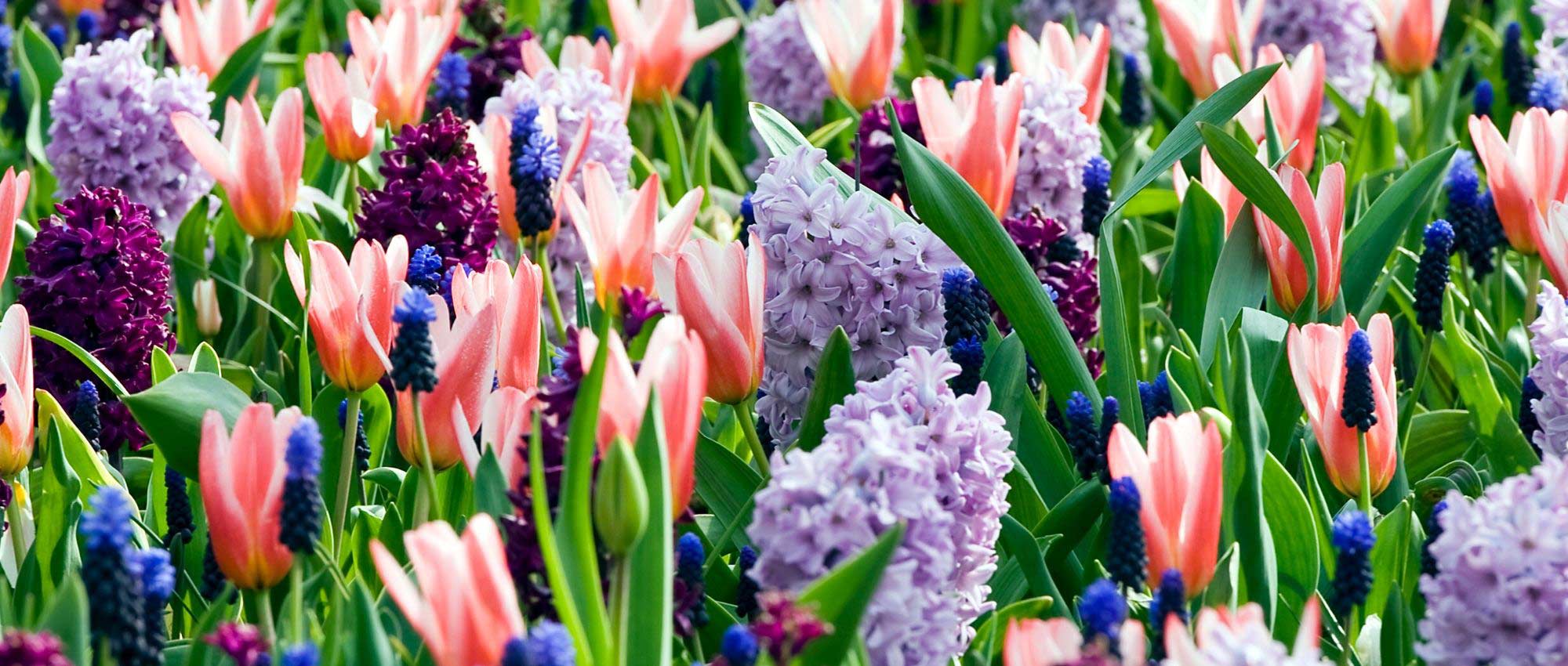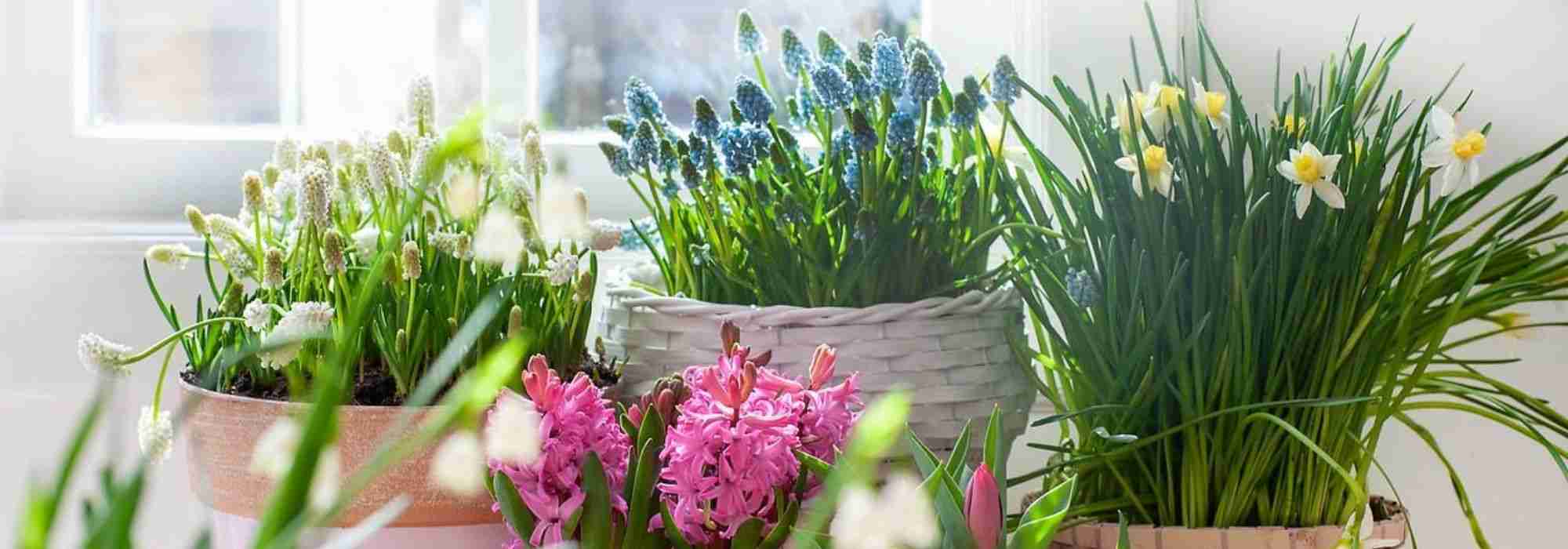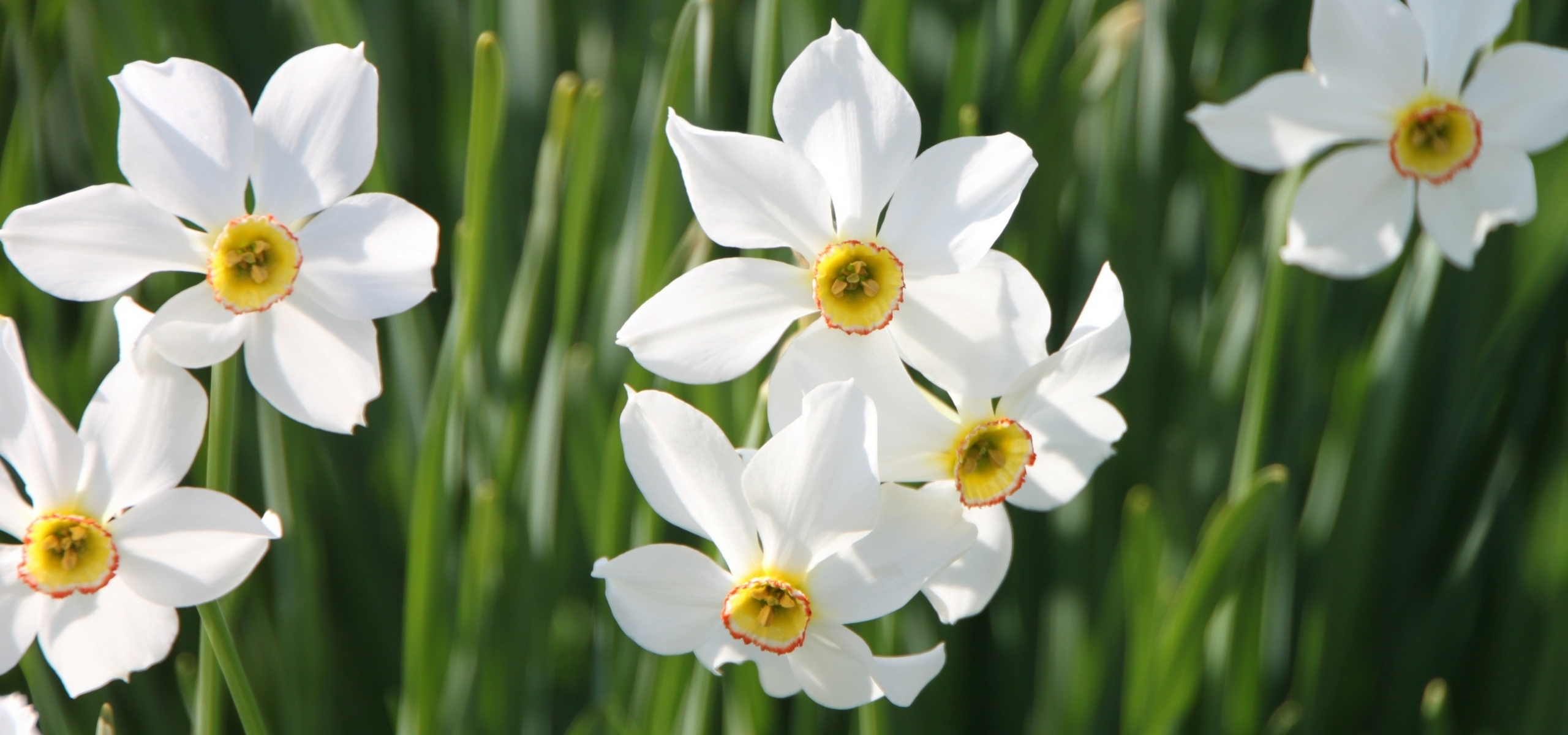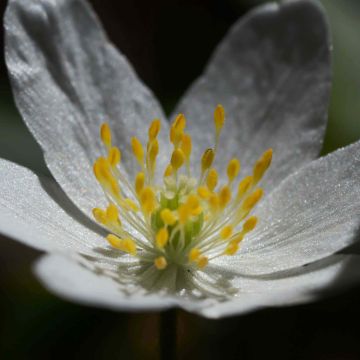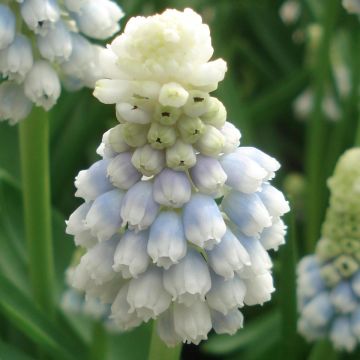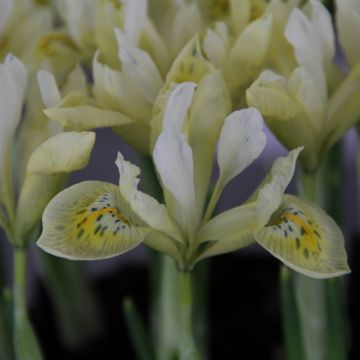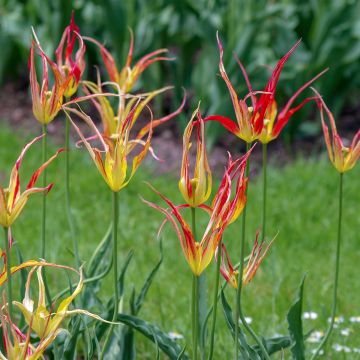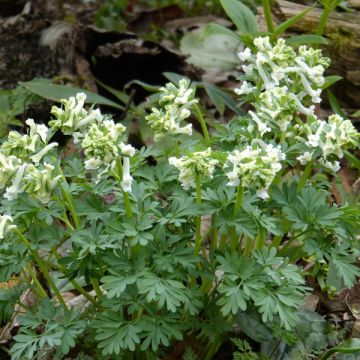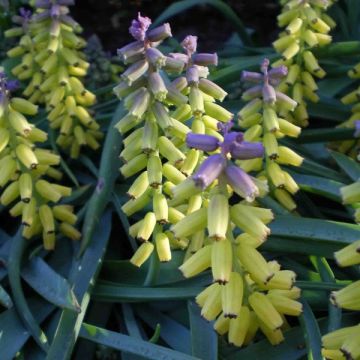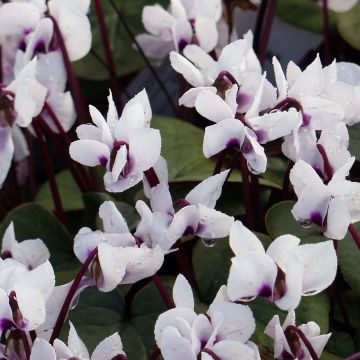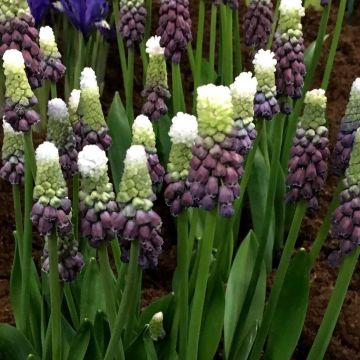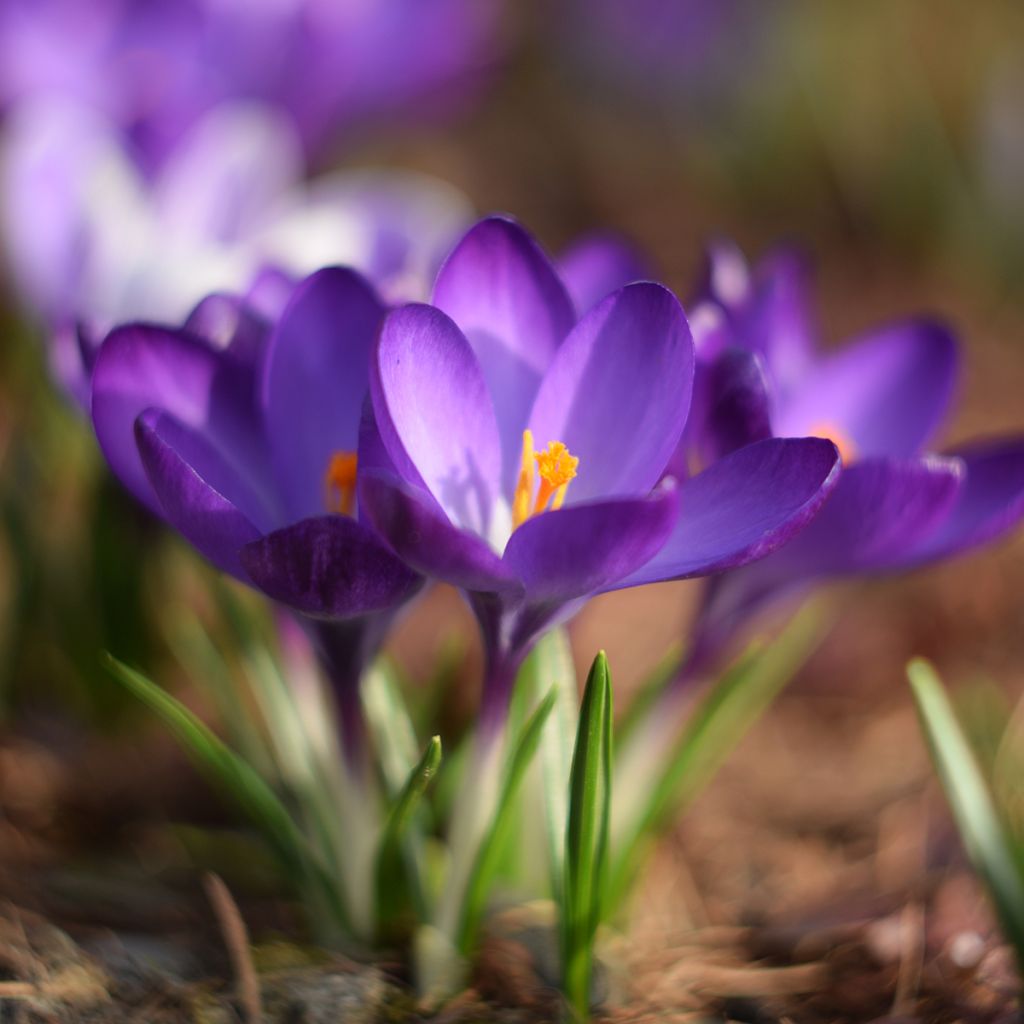

Crocus tommasinianus Blue Ocean - Early Crocus
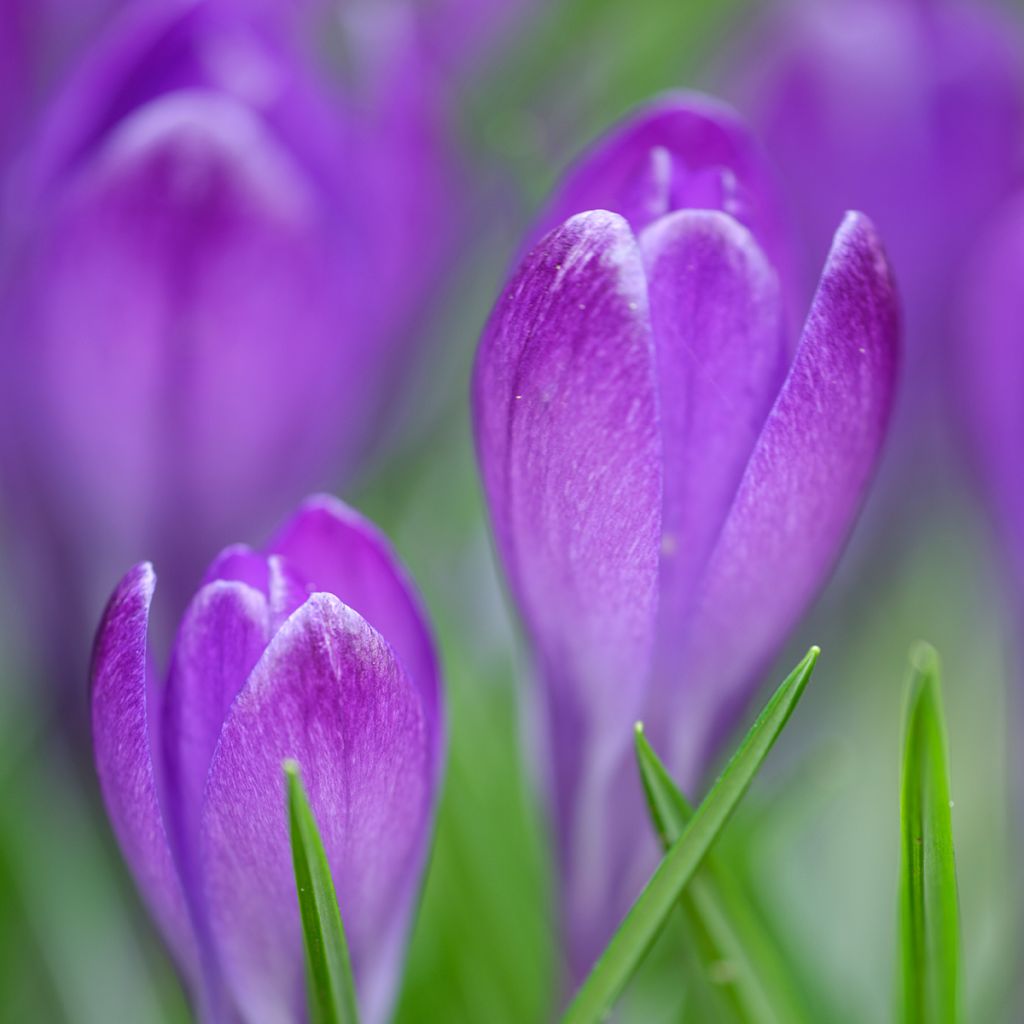

Crocus tommasinianus Blue Ocean - Early Crocus
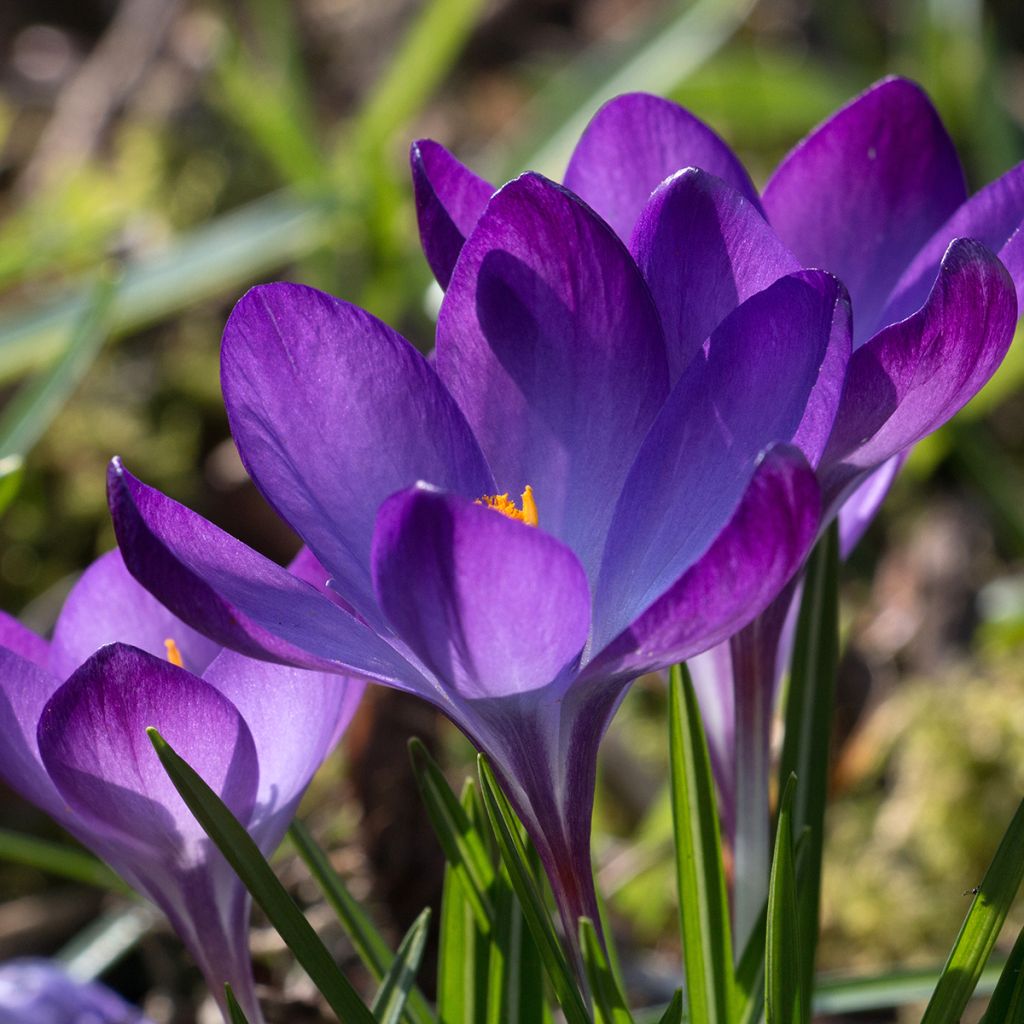

Crocus tommasinianus Blue Ocean - Early Crocus
Crocus tommasinianus Blue Ocean - Early Crocus
Crocus tommasinianus Blue Ocean
Early Crocus, Woodland Crocus, Tommasini's Crocus
Special offer!
Receive a €20 voucher for any order over €90 (excluding delivery costs, credit notes, and plastic-free options)!
1- Add your favorite plants to your cart.
2- Once you have reached €90, confirm your order (you can even choose the delivery date!).
3- As soon as your order is shipped, you will receive an email containing your voucher code, valid for 3 months (90 days).
Your voucher is unique and can only be used once, for any order with a minimum value of €20, excluding delivery costs.
Can be combined with other current offers, non-divisible and non-refundable.
Why not try an alternative variety in stock?
View all →This plant carries a 6 months recovery warranty
More information
We guarantee the quality of our plants for a full growing cycle, and will replace at our expense any plant that fails to recover under normal climatic and planting conditions.
Would this plant suit my garden?
Set up your Plantfit profile →
Description
The Crocus 'Blue Ocean' is a remarkable horticultural variety of Crocus tommasinianus, also known as Tommasini's crocus, native to Southeast Europe. It is a small bulbous plant that is particularly early, bringing the garden to life from the end of winter with its flowers of a deep violet-blue enhanced by a bright orange stigma. Very hardy, reliable and undemanding, this crocus naturalises easily, offering a bright and colourful display each year, often at a time when few other flowers are present. Easy to grow in open ground as well as in pots.
The Crocus tommasinianus 'Blue Ocean' is a recent horticultural variety selected in the Netherlands by the Centre for Ornamental Crop Testing BV & SJA van der Veek & KJA van der Veek, officially registered in 2020.
The wild species Crocus tommasinianus is a perennial corm plant native to the Balkans, Albania, Bulgaria and southern Hungary. It grows spontaneously at medium altitude, around 1,000 m, in woodland clearings, edges and on rocky or limestone slopes. In its natural habitat, the climate is of a moderate continental type: winters are cold but relatively dry, while summers are hot and also dry, which suits its summer dormancy cycle perfectly. The soil is generally light, sandy or silty, well-drained, sometimes calcareous, but the species also tolerates neutral to slightly acidic soils.
The crocus 'Blue Ocean' forms small spherical bulbs about 1.5 to 2 cm in diameter, protected by a fibrous tunic. In the heart of winter, it develops 3 to 5 linear, dark green leaves, marked with a silvery central line. Its flowering occurs between late February and March depending on the climate. Each bulb produces a single flower, more rarely two, carried on a short pedunculate stem. Shaped like a slender calyx, the flowers measure 2 cm in diameter and 5 cm long. The deep violet-blue centre of the corolla, occasionally nuanced with a silvery outer sheen, is occupied by stamens and a bright orange stigma. After flowering, the foliage persists for a few weeks, allowing the plant to replenish its reserves. Then it enters dormancy at the end of spring. Like its botanical cousins, it restarts naturally as soon as temperatures cool in autumn or winter.
Easy to grow, this variety thrives particularly well under deciduous trees where winter light is abundant. It prefers cool soil in winter and spring, but dry in summer. Very hardy, it can withstand temperatures down to –30 °C.
The Crocus tommasinianus 'Blue Ocean' excels in a rock garden, at the edge of a well-drained border or on the edge of woodland. Also plant it en masse at the foot of deciduous bushes (lilacs, mock orange, Deutzia) with Balkan anemones and cyclamen. In the middle of a lawn, it will keep company with sweet violets and other early-flowering spring crocuses. This variety is well suited to outdoor pot planting.
A crocus tip: the roots have the particularity of being able to contract like a spring, allowing the plant to settle at the ideal depth for it.
Crocus tommasinianus Blue Ocean - Early Crocus in pictures
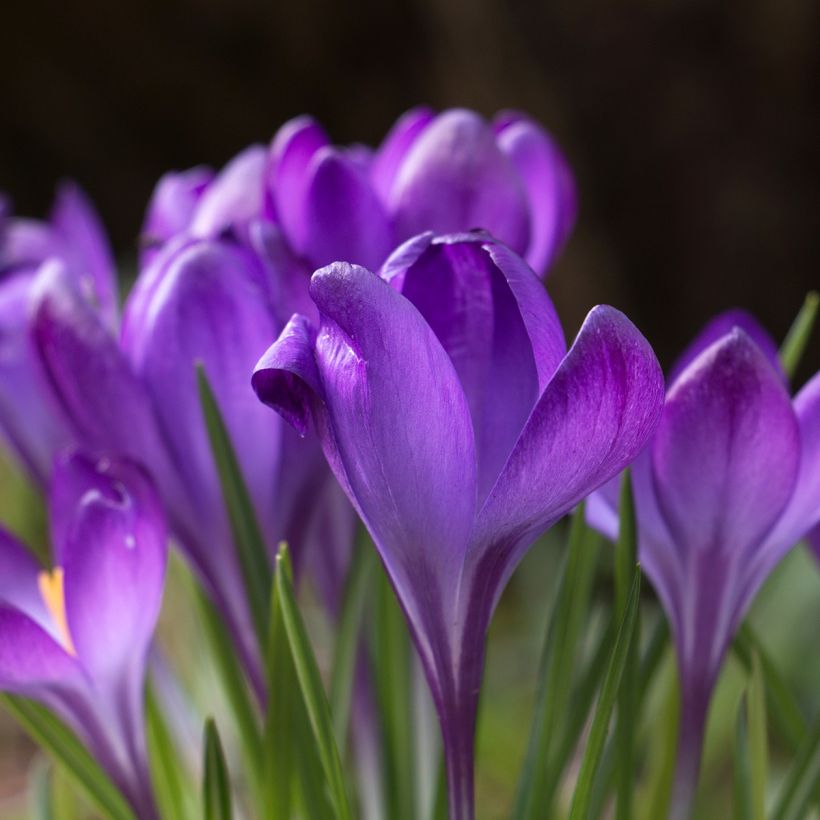

Plant habit
Flowering
Foliage
Botanical data
Crocus
tommasinianus
Blue Ocean
Iridaceae
Early Crocus, Woodland Crocus, Tommasini's Crocus
Crocus vernus var. tommasinianus Blue Ocean, Crocus serbicus Blue Ocean
Cultivar or hybrid
Planting and care
Plant the Crocus tommasinianus 'Blue Ocean' bulbs from September to December in light soil, at a depth of 8 cm and spaced 5 cm apart, or in groups of three every 15 to 20 cm. It is best to leave them in place. They will form increasingly floriferous clumps. Also consider planting some in pots for your patio.
The thommasini's Crocus grows in light, humus-bearing, well-drained, slightly acidic, neutral or slightly alkaline soil and prefers a sunny position which allows the corollas to open fully. It is also important to ensure it is planted sheltered from cold winds. The ideal substrate should be sandy-gravelly. It tolerates temperatures down to -29°C and summer drought.
The plants produce the best effect when planted in groups of 5 to 10 specimens. Once acclimatised and established, they multiply rapidly. The thommasini's Crocus requires no particular maintenance. Take care not to cut back the foliage before it yellows. The bulbs are susceptible to excess moisture which may cause them to rot during their dormant period. Rodents show no interest in them.
Planting period
Intended location
Care
Planting & care advice
This item has not been reviewed yet - be the first to leave a review about it.
Similar products
Haven't found what you were looking for?
Hardiness is the lowest winter temperature a plant can endure without suffering serious damage or even dying. However, hardiness is affected by location (a sheltered area, such as a patio), protection (winter cover) and soil type (hardiness is improved by well-drained soil).

Photo Sharing Terms & Conditions
In order to encourage gardeners to interact and share their experiences, Promesse de fleurs offers various media enabling content to be uploaded onto its Site - in particular via the ‘Photo sharing’ module.
The User agrees to refrain from:
- Posting any content that is illegal, prejudicial, insulting, racist, inciteful to hatred, revisionist, contrary to public decency, that infringes on privacy or on the privacy rights of third parties, in particular the publicity rights of persons and goods, intellectual property rights, or the right to privacy.
- Submitting content on behalf of a third party;
- Impersonate the identity of a third party and/or publish any personal information about a third party;
In general, the User undertakes to refrain from any unethical behaviour.
All Content (in particular text, comments, files, images, photos, videos, creative works, etc.), which may be subject to property or intellectual property rights, image or other private rights, shall remain the property of the User, subject to the limited rights granted by the terms of the licence granted by Promesse de fleurs as stated below. Users are at liberty to publish or not to publish such Content on the Site, notably via the ‘Photo Sharing’ facility, and accept that this Content shall be made public and freely accessible, notably on the Internet.
Users further acknowledge, undertake to have ,and guarantee that they hold all necessary rights and permissions to publish such material on the Site, in particular with regard to the legislation in force pertaining to any privacy, property, intellectual property, image, or contractual rights, or rights of any other nature. By publishing such Content on the Site, Users acknowledge accepting full liability as publishers of the Content within the meaning of the law, and grant Promesse de fleurs, free of charge, an inclusive, worldwide licence for the said Content for the entire duration of its publication, including all reproduction, representation, up/downloading, displaying, performing, transmission, and storage rights.
Users also grant permission for their name to be linked to the Content and accept that this link may not always be made available.
By engaging in posting material, Users consent to their Content becoming automatically accessible on the Internet, in particular on other sites and/or blogs and/or web pages of the Promesse de fleurs site, including in particular social pages and the Promesse de fleurs catalogue.
Users may secure the removal of entrusted content free of charge by issuing a simple request via our contact form.
The flowering period indicated on our website applies to countries and regions located in USDA zone 8 (France, the United Kingdom, Ireland, the Netherlands, etc.)
It will vary according to where you live:
- In zones 9 to 10 (Italy, Spain, Greece, etc.), flowering will occur about 2 to 4 weeks earlier.
- In zones 6 to 7 (Germany, Poland, Slovenia, and lower mountainous regions), flowering will be delayed by 2 to 3 weeks.
- In zone 5 (Central Europe, Scandinavia), blooming will be delayed by 3 to 5 weeks.
In temperate climates, pruning of spring-flowering shrubs (forsythia, spireas, etc.) should be done just after flowering.
Pruning of summer-flowering shrubs (Indian Lilac, Perovskia, etc.) can be done in winter or spring.
In cold regions as well as with frost-sensitive plants, avoid pruning too early when severe frosts may still occur.
The planting period indicated on our website applies to countries and regions located in USDA zone 8 (France, United Kingdom, Ireland, Netherlands).
It will vary according to where you live:
- In Mediterranean zones (Marseille, Madrid, Milan, etc.), autumn and winter are the best planting periods.
- In continental zones (Strasbourg, Munich, Vienna, etc.), delay planting by 2 to 3 weeks in spring and bring it forward by 2 to 4 weeks in autumn.
- In mountainous regions (the Alps, Pyrenees, Carpathians, etc.), it is best to plant in late spring (May-June) or late summer (August-September).
The harvesting period indicated on our website applies to countries and regions in USDA zone 8 (France, England, Ireland, the Netherlands).
In colder areas (Scandinavia, Poland, Austria...) fruit and vegetable harvests are likely to be delayed by 3-4 weeks.
In warmer areas (Italy, Spain, Greece, etc.), harvesting will probably take place earlier, depending on weather conditions.
The sowing periods indicated on our website apply to countries and regions within USDA Zone 8 (France, UK, Ireland, Netherlands).
In colder areas (Scandinavia, Poland, Austria...), delay any outdoor sowing by 3-4 weeks, or sow under glass.
In warmer climes (Italy, Spain, Greece, etc.), bring outdoor sowing forward by a few weeks.































